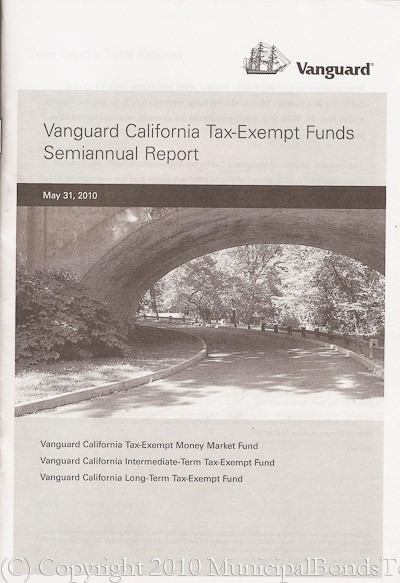Mutual Fund Prices How They re Determined
Post on: 16 Март, 2015 No Comment

In the preceding subsection you learned how mutual funds are formed, and how their initial offering prices and subsequent market prices are determined. In this subsection you’ll learn what to expect after you purchase shares. In the next subsection you’ll learn what your appropriate response should be to fluctuations in share prices.
Mutual fund shares are bougsht and sold at their net asset value (NAV), which is simply the total value of the assets owned by a fund divided by the number of shares outstanding. As with any security, you can expect your mutual funds’ share prices to fluctuate after you purchase the shares. Unlike other types of securities, mutual fund prices are determined soley on the market prices of the underlying assets, including any cash the fund may be holding.
The price you pay for mutual fund shares is determined by the net asset value of the fund’s shares as computed from the value of the cash and securities owned by the fund at the close of trading on the NY Stock Exchange at 4:00PM EST on the day you purchase the shares, if your order is placed prior to 4:00 PM EST. If your order is placed after 4:00 PM EST, the NAV of the shares you purchase will be computed with the closing prices on the next trading day. Electronic orders placed on non trading days (weekends and holidays) will be executed at the NAV computed at the close of trading on the next trading day.
Although the term trading is used when referring to the buying and selling of mutual fund shares, unlike shares of stock, mutual fund shares that are redeemed (sold) by investors are repurchased by the funds and either dissolved or resold, depending on the net volume of sales and purchases on any given day. If more shares are bought than sold, new shares are created to cover the net volume. If more shares are sold than purchased, the excess shares are dissolved. In this way parity is maintained between the fund’s assets and the sum of the shares outstanding, which ensures that the value of the shares outstanding is not affected by trading of the fund’s shares.
Once you buy shares of a mutual fund, you can expect the shares to be split occasionally as the share price rises to the upper bounds of the range for its category, thus appealing to that psychological effect and preventing the share price from becoming astronomical through the power of compounding, like Berkshire Hathaway which has never been split and is currently (1/13/10) selling at $99,828 per share. (Berkshire Hathaway is actually a stock, not a mutual fund. But it’s a good example of what happens if a security is allowed to increase in value without periodically splitting the shares to keep the share price at a reasonable level. One of the reasons Warren Buffett has never split Berkshire Hathaway’s stock is because he feels it is a good demonstration of the power of compound return. It is indeed a good example.)
For those of you who are not familiar with splits, here’s how they work: If the price of shares of a mutual fund or stock reach the bounds of what the fund managers or a company’s board of directors deem to be acceptable, they will split the shares to alter the price, but this will not affect the total value of your holdings. If a 2-for1 split is ordered and you own 100 shares currently selling for $75 per share, after the split you will have 200 shares priced at $37.50 per share. In a 3-for-2 split you would end up with 150 shares priced at $50 per share. And so on. No matter how they’re split, your holdings will still be worth $7500.
When prices fall too far, there can be reverse splits, which would be very unusual for a mutual fund but happens all too often with individual securities. This is usually an act of desperation meant to serve two purposes. First, there’s the matter of perception. No company wants its stock to be selling for a few cents per share. Second, all the major stock exchanges have a minimum per-share price, if a company’s stock trades below that price for a certain number of days it can be delisted. Of course, this game can only be played just so long, as there also are minimum levels set on the number of shares outstanding and total market capitalization. On the Nasdaq, these minimums are 750,000 shares and $5 million, which translates to a share price of $6.67.

Here’s how reverse splits work: If you own 100 shares selling for $2 per share and a 1-for-5 split is ordered, you’ll end up with 20 shares selling for $10 per share, and so on. You end up with fewer shares, but regardless of the number of shares you end up with, your holdings will still be worth $200.
One of the bad things about stock splits is that you will pay a premium for trading odd lots, i.e. anything not evenly divisible by 100. This adds insult to injury in the case of a reverse split, where you have probably already lost a bundle. This isn’t an issue with mutual funds, as they are traded in dollar amounts, which is another one of their many benefits.
1 2 3 4 5 6 7 8 9 10 11
Section Intro Next Section














